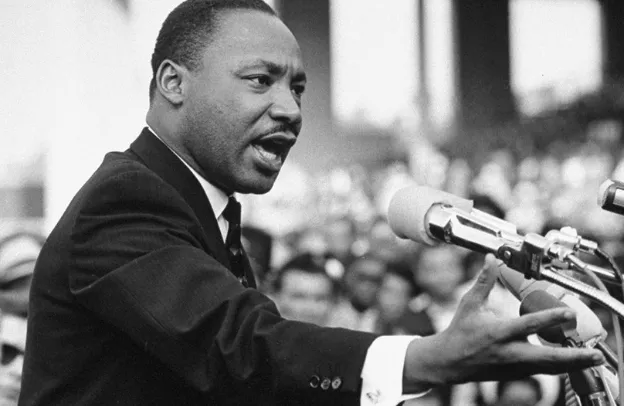Happy Valentine’s Day: But What Do You Know About It’s Origin?

Have you had your heart wet in anticipation of Valentine’s Day, 14th of February? We have all been there. But have you ever wondered about the connection between beheadings, secret unions, and poetic tales that gave birth to Valentine’s Day? Uncover the mystique behind this romantic celebration, where forbidden love, saintly courage, and the industrial revolution collide. How did a modest greeting evolve into a global extravaganza, crafting a billion-dollar industry with cards, flowers, and chocolates all through the power of story?
Want to learn more about storytelling? Start by downloading the first chapter of The Storytelling Mastery.
This is the intriguing story that transformed Valentine’s Day into the world’s most enchanting celebration.
Valentine’s Day has roots in ancient Roman and Christian traditions, with several legends contributing to its origin. One popular belief is that the day is named after St. Valentine, a Christian martyr who lived during the Roman Empire.
Given their similarities, it has been suggested that the holiday has origins in the Roman festival of Lupercalia, held in mid-February.
According to one legend, St. Valentine defied Emperor Claudius II’s decree prohibiting marriages for young men, as he believed that single men made better soldiers. St. Valentine continued to perform marriages in secret, and when discovered, he was executed on February 14th.
Another legend suggests that Valentine, while imprisoned, sent a love letter to the jailer’s daughter, signing it “from your Valentine,” a phrase that has endured through the centuries.
The celebration of Valentine’s Day evolved over time, merging with various cultural practices and traditions. In the Middle Ages, it was associated with romantic love, thanks in part to the works of poets like Geoffrey Chaucer.
By the 18th century, exchanging handwritten notes, cards, and small gifts on Valentine’s Day had become a common practice in England. The industrial revolution and advancements in printing technology facilitated the mass production of Valentine’s Day cards in the 19th century, making the tradition more accessible to the general public.
Over the years, the holiday’s popularity grew globally, with the exchange of cards, flowers, and gifts becoming widespread, fueled by the marketing efforts of the greeting card industry and other retailers.
Today, Valentine’s Day is a global celebration of love and affection, transcending cultural and religious boundaries. The commercialization of the holiday has played a significant role in its widespread popularity, as businesses promote the exchange of gifts and romantic gestures.
While some critics argue that the day has become overly commercialized, many people around the world still embrace the opportunity to express their love and appreciation for their partners, friends, and family on this special day.
The importance of building memories storytelling
Creating and cherishing memories through storytelling is a timeless and powerful way to forge connections, and Valentine’s Day exemplifies this beautifully. As couples celebrate the day of love, the act of sharing personal stories is a poignant means of building a shared history.
Narratives of first dates, memorable gifts, or unique traditions contribute to the fabric of the relationship, fostering a sense of intimacy and understanding.
However, the significance of storytelling on Valentine’s Day lies in its ability to transcend material gifts. While flowers wither and chocolates are consumed, the stories and memories created endure. Couples can weave tales of shared adventures, overcoming challenges, and expressing their love in unique ways.
These narratives quickly become a source of strength during difficult times and a wellspring of joy during moments of celebration. The stories of Valentine’s Days past serve as a foundation for the relationship, creating a shared narrative that evolves and deepens with each passing year.
Conclusion
In a world where the value of experiences often outweighs possessions, the storytelling aspect of Valentine’s Day is a priceless treasure. It adds layers to the relationship, fostering a sense of belonging and continuity.
Through the art of storytelling, couples not only celebrate the present but also contribute to the ongoing narrative of their love story, creating a rich tapestry of shared memories that endure long after the roses have faded, and the heart-shaped chocolates have been enjoyed.
What do you take away from this story? Leave your comment below:
Want to learn more about storytelling? Start by downloading the first chapter of The Storytelling Mastery.






